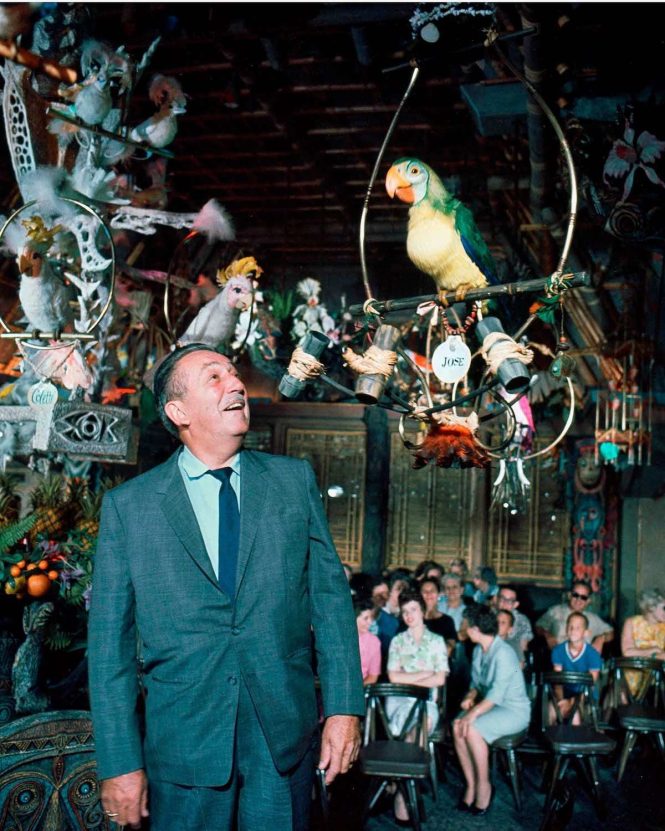

How did Disney feel about technology and the future? This question encapsulates a multifaceted story of adaptation, innovation, and a deep understanding of the power of storytelling within a constantly evolving entertainment industry. Disney’s journey with technology isn’t a simple linear progression; rather, it’s a complex interplay of cautious exploration, calculated risks, and a profound understanding of their core audience. This article delves into Disney’s approach to technology, analyzing their decisions and strategies throughout their history. We’ll explore how they have used technology to enhance their storytelling, how they have navigated potential challenges, and, ultimately, how their experiences can offer valuable insights for businesses in today’s rapidly evolving world.
Early Days and the Rise of Animation
The Dawn of Disney Animation
Disney’s early history is intertwined with the development of animation technology. The very beginnings of the company were built upon innovation in animation techniques. From the hand-drawn masterpieces of the early cartoons to the introduction of more sophisticated animation methods, like cel animation and eventually the introduction of color techniques, technology was vital. Disney recognized the power of visual storytelling, and their early films, like Snow White and the Seven Dwarfs, became significant milestones in the evolution of animation, demonstrating an understanding of how the future of storytelling would involve increasingly sophisticated visual techniques.
The Advent of Sound and Color
The Transforming Power of Sound
The introduction of sound technology in animation was a pivotal moment for Disney. The transition from silent films to the synchronized soundtracks in films such as “Steamboat Willie” marked a significant shift. This innovation not only enhanced the storytelling experience but also created new opportunities for musical expression. By integrating sound into their animations, Disney began shaping the future of the entire industry, setting a new precedent for what animated films could achieve.
The Silver Screen and Beyond
Moving into New Territories
As the industry evolved, Disney also began exploring new mediums and technologies. Their foray into live-action films demonstrated a willingness to adapt to changing tastes and trends. Disney’s commitment to film technology extended beyond animation, influencing filmmaking styles and captivating audiences worldwide. Disney’s approach to the future of film extended beyond innovation—they understood the importance of maintaining their unique creative voice.
Digital Revolution and its Impact
Adapting to the Digital Age
The advent of digital technologies revolutionized the entertainment industry, profoundly impacting Disney. With advancements in digital animation and special effects, Disney began exploring new possibilities in terms of visual storytelling. Their calculated embrace of computer-generated imagery (CGI) alongside traditional animation techniques created a new visual vocabulary for storytelling and set the stage for a more interactive experience, pushing the creative boundaries of the animation world. One prominent example would be the use of CGI in films like “Toy Story” and “The Lion King”, introducing new, dynamic narratives.
Future Focus and Theme Parks
Innovation Beyond the Screen
Disney’s commitment to technology extends beyond the animated film. They recognized the importance of interactive entertainment experiences, which led to the development of innovative theme parks. These parks incorporate cutting-edge technology and immersive experiences, extending Disney’s brand across different platforms. The Magic Kingdom, for instance, is a testament to the concept of creating interactive, immersive experiences, reflecting a desire for continued innovation in storytelling mediums.
Global Impact
Expanding to a Worldwide Audience
Disney’s foray into international markets demanded a strategic understanding of diverse cultures and tastes. Their understanding of the importance of global audience appeal was key to expanding their brand’s reach.
The Future of Storytelling
New Storytelling Approaches
Considering Disney’s history with technology and the future of storytelling, it’s evident that their success relies on embracing new technologies while remaining true to their core values. The evolution of technology will always influence the way audiences consume content, requiring a forward-thinking strategy in order to continue captivating viewers worldwide.
Navigating the Changing Landscape
The Evolving Entertainment Industry
Analyzing how Disney adapted to the changing landscape of technology and its effects on entertainment is crucial in understanding their success. This includes adapting to the rise of streaming services, the changing expectations of audiences, and new forms of storytelling.
Adapting to Streaming
The Evolution of Consumption
The rise of streaming platforms has required new forms of storytelling and adaptation, such as interactive content and new distribution methods. Understanding this evolution will be key to Disney’s continued success. Analyzing the changes in content consumption helps us understand how the future will evolve. A thorough understanding of the new content-consumption practices is vital for staying ahead of the curve.
Frequently Asked Questions
How did Disney’s early approach to technology influence their later success?
Disney’s early acceptance of technological advancements in animation proved crucial for their future success. The willingness to adapt and innovate—from the transition to sound to color and ultimately to CGI—allowed them to maintain a leading position in the entertainment industry. This adaptation ensured they remained relevant, even as the technologies and tastes of the audience evolved.
How did Disney’s strategy for technology reflect their storytelling values?
Throughout their history, Disney’s technological choices always reflected their core values of visual storytelling and artistic excellence. For example, introducing sound technology allowed for more emotional storytelling; CGI broadened visual storytelling possibilities. Disney understood that new technologies could enrich the creative process and enhance the narrative experiences for audiences.
In conclusion, Disney’s evolving relationship with technology reveals a fascinating journey from cautious adaptation to innovative leadership. Disney’s early embrace of animation technology, coupled with a calculated approach to later innovations, highlights their commitment to storytelling while also adapting to the ever-changing entertainment landscape. This evolution showcases a valuable lesson for businesses: a proactive approach to technology, while respecting the core values and creative principles, is crucial for sustained success in the future. Learn how Disney continues to adapt to the changing landscape and how their strategies apply to businesses today. Visit [website address] to explore more.